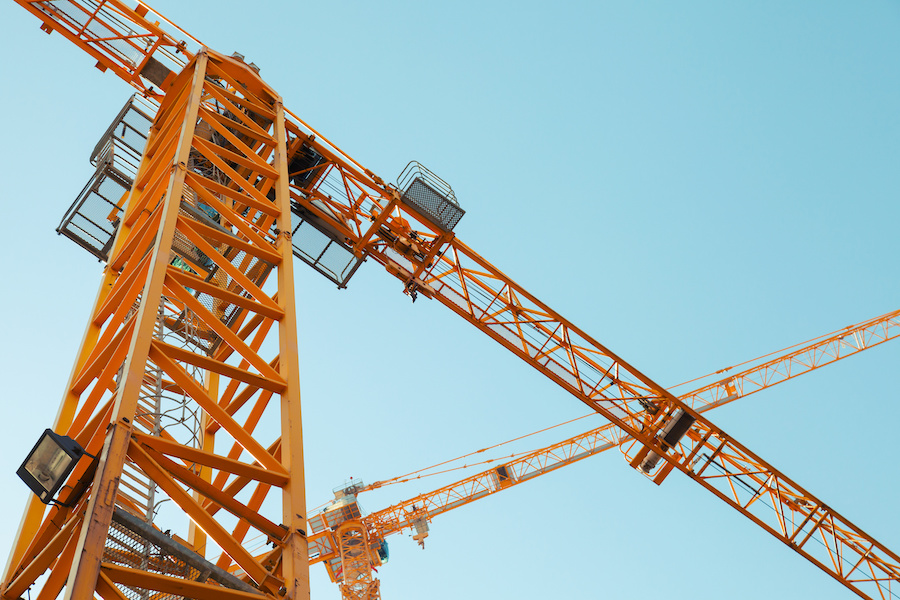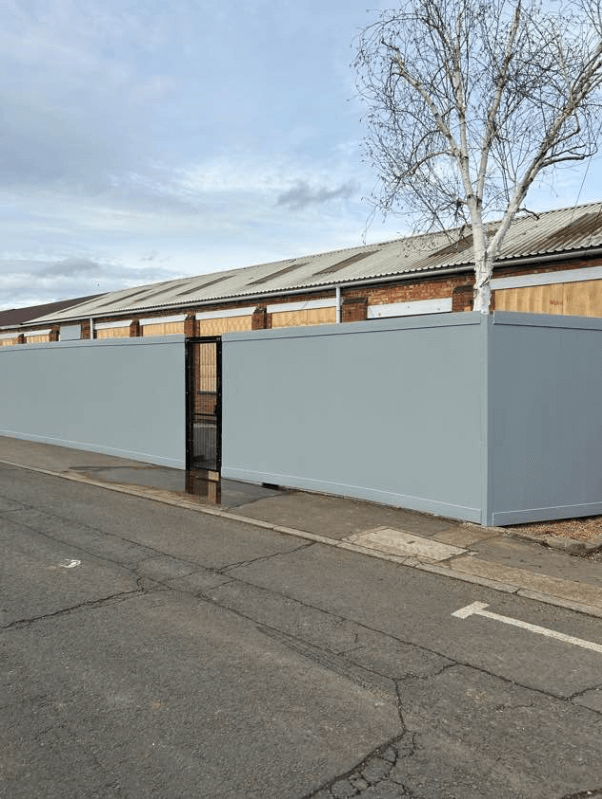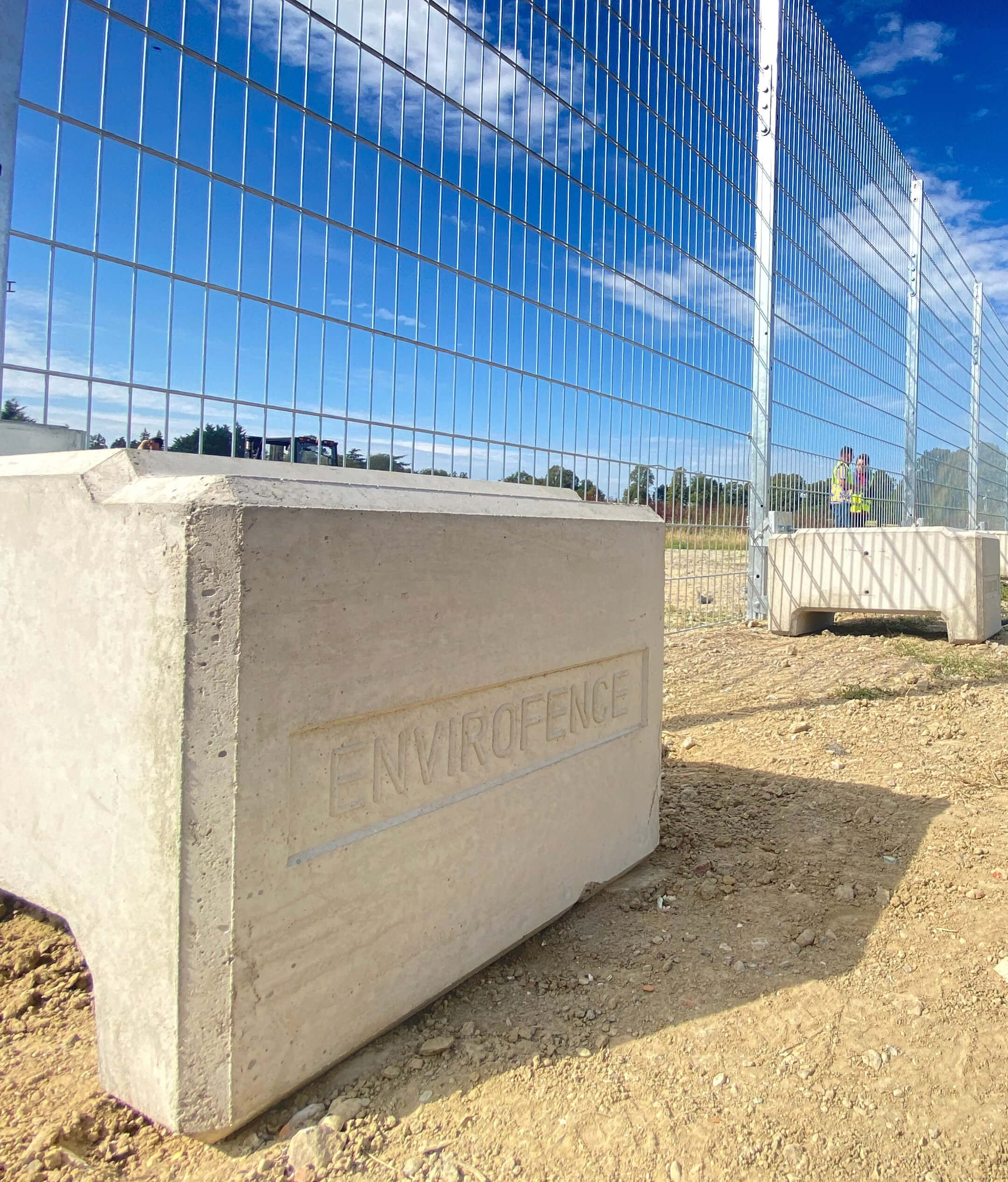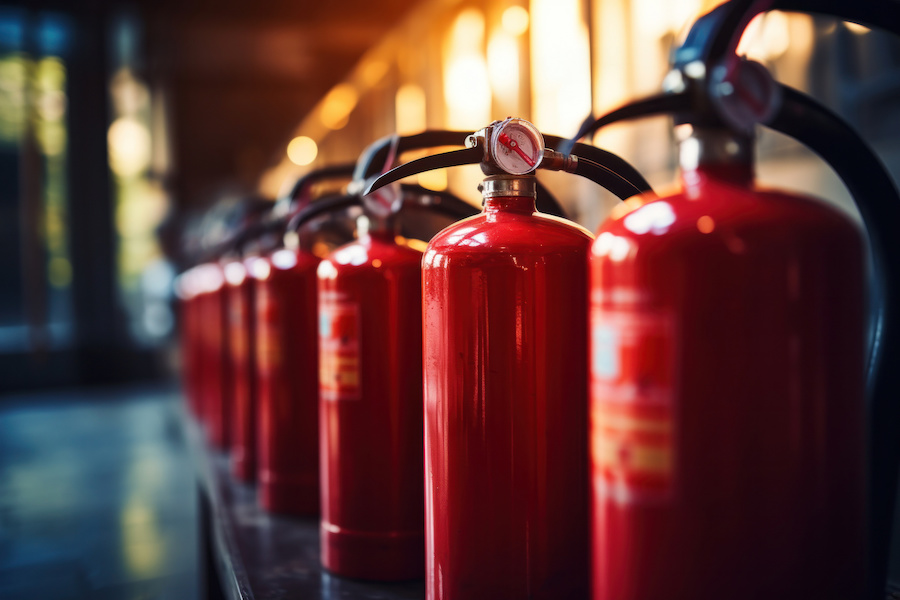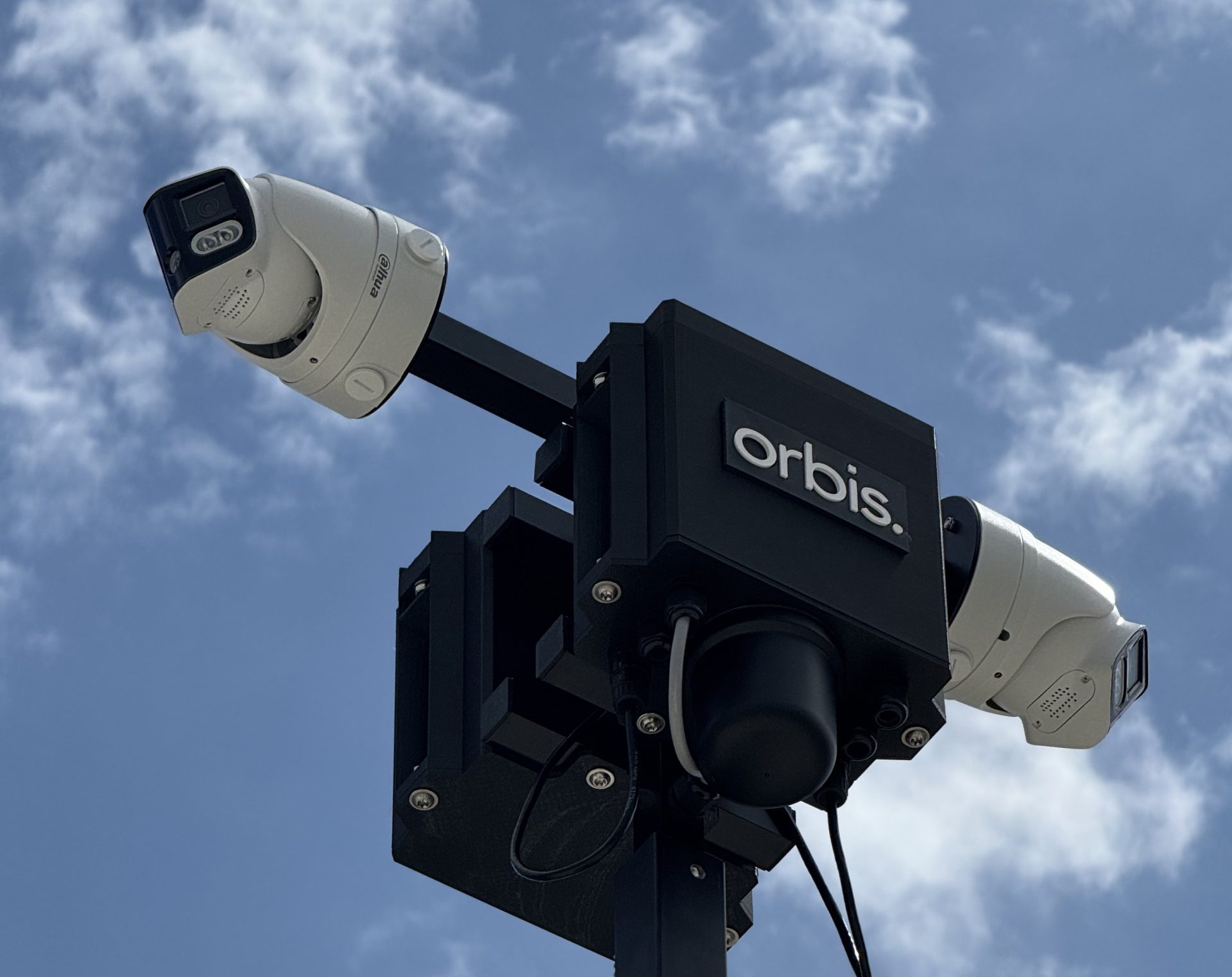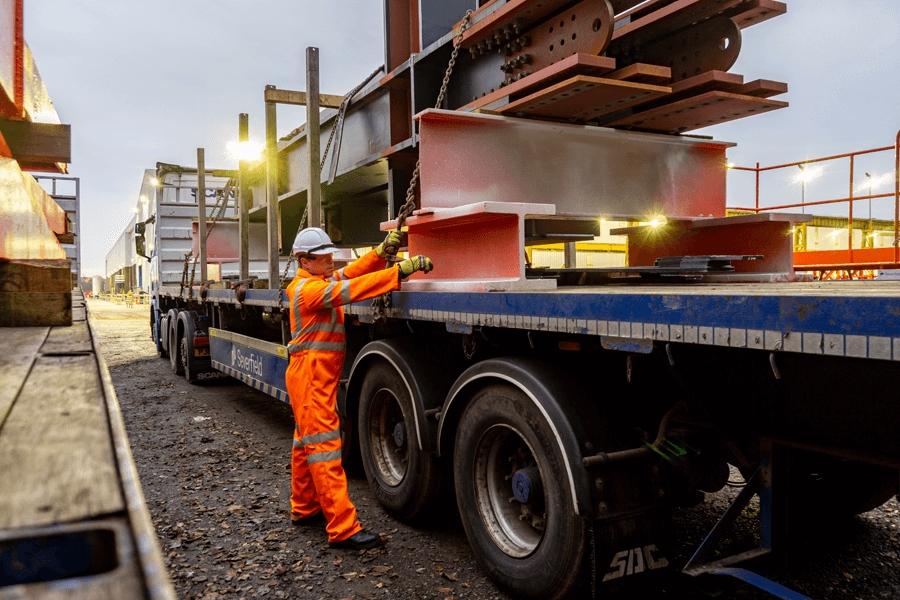Construction sites are complex environments where safety cannot be left to chance. Among the most critical considerations is securing and protecting heavy machinery, particularly cranes. These towering pieces of equipment present significant risks if not properly managed through safety systems and secure temporary facilities.
From access control to specialised crane protection, understanding which temporary facilities your site requires is essential for project success. The right infrastructure not only protects your workforce and prevents property damage but ensures regulatory compliance and operational efficiency.
Below, we’ll cover:
- The importance of crane safety systems
- How safety and security are intertwined
- Our CraneSAFE™ and CraneCAM™ systems
- Best practices for ensuring crane safety
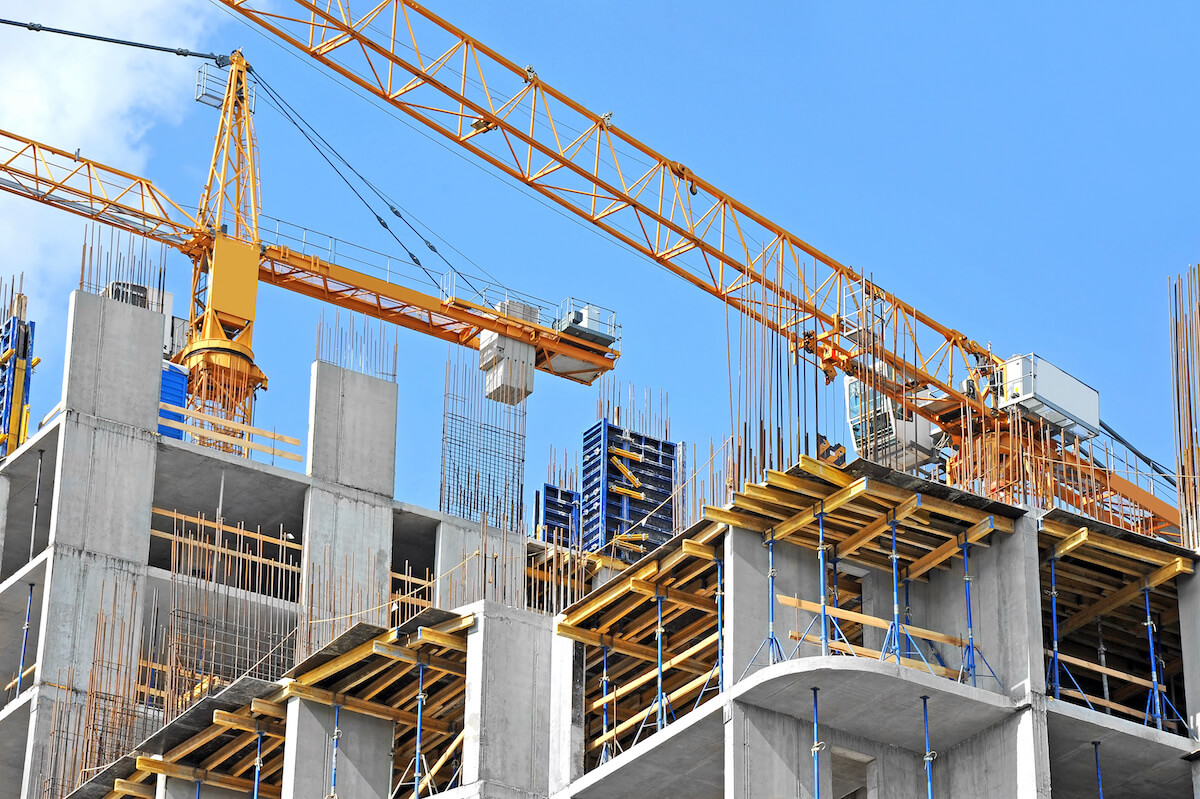
Why safety in crane operations is essential
Crane operations present some of the most significant hazards on construction sites.
The risks are multifaceted:
- Structural collapse due to heavy loads beyond load capacity
- Electrical hazards when operating near power lines
- Falling objects from insufficient fall protection measures
- Unauthorised access leading to equipment damage or accidents
- Poor visibility affecting lifting operations
These hazards multiply when proper crane safety systems aren’t in place. The Health and Safety Administration (OSHA) requires specific safety protocols, including regular certification of equipment and operators, proper sensors for monitoring operations, and adequate runway clearance for overhead crane systems.
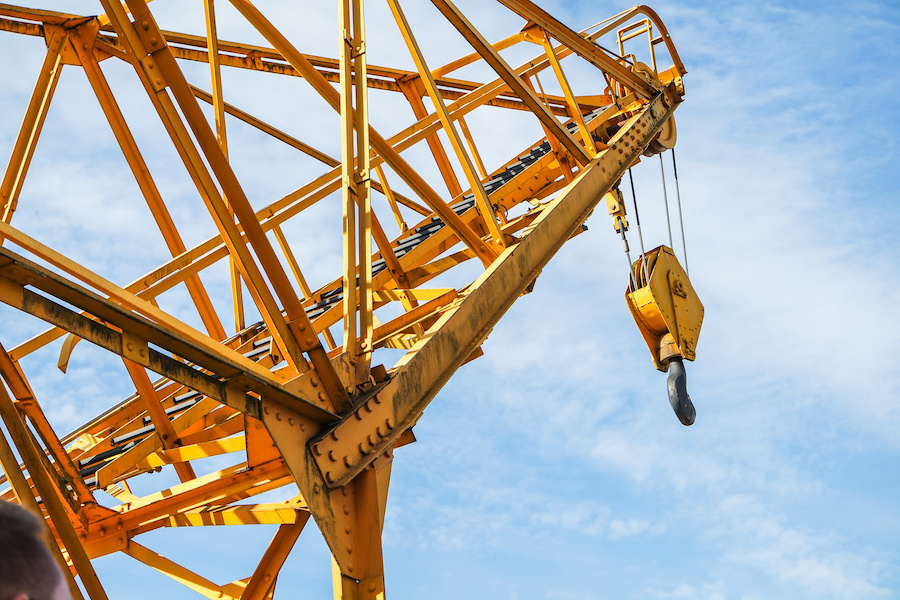
Safety and security: an integrated approach
Construction site safety extends beyond operational procedures to encompass physical security. Keeping potentially dangerous equipment secure from unauthorised personnel directly reduces accident risk.
Unsecured cranes become attractive targets for:
- Vandalism and theft
- Unauthorised climbing attempts
- Interference with wire rope and lifting mechanisms
- Damage to sensitive sensors and control systems
A comprehensive approach combines operational safety with physical security measures. This dual strategy protects both your equipment investment and surrounding workforce whilst maintaining occupational safety standards.
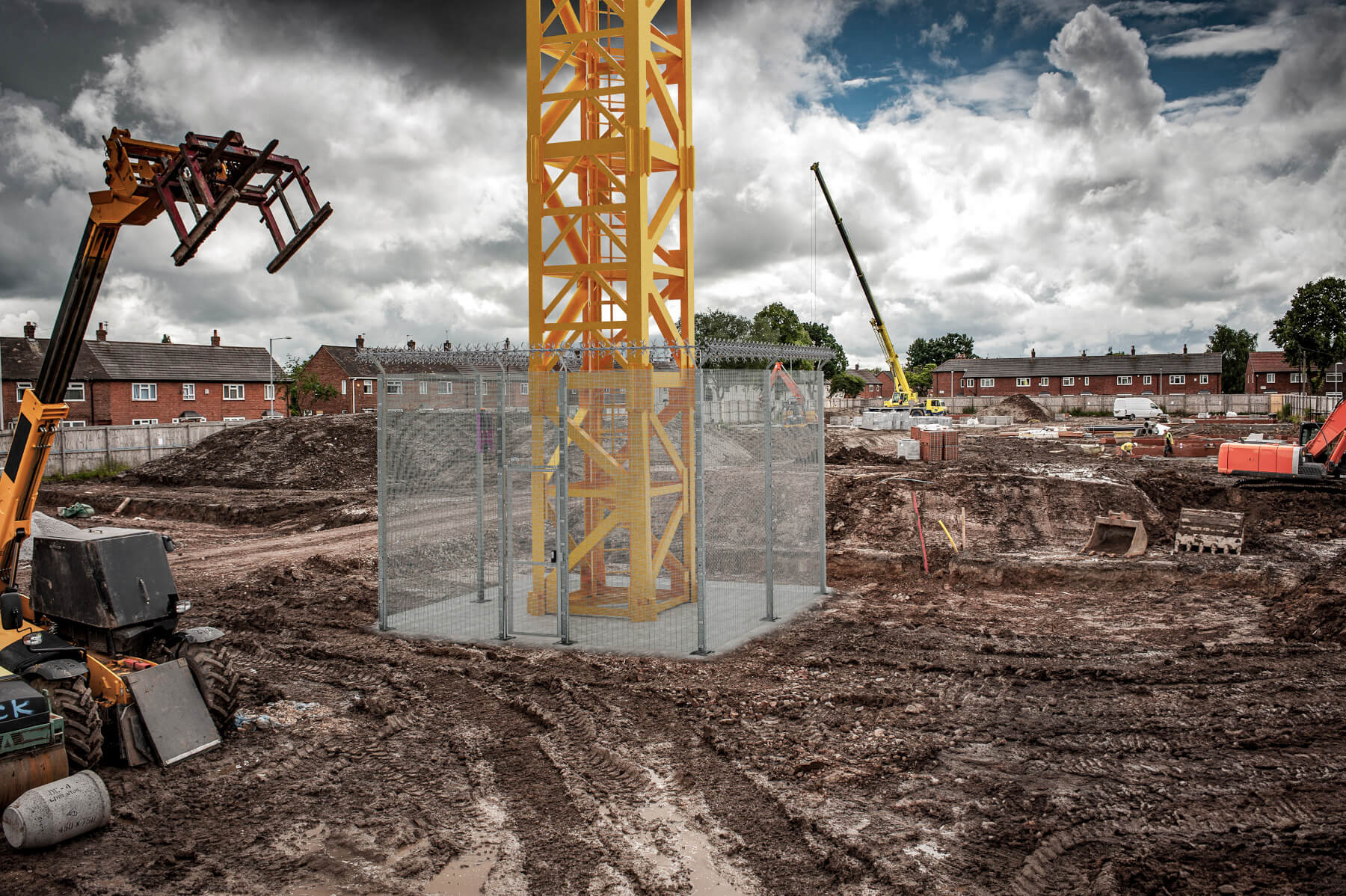
CraneSAFE™: advanced protection made simple
CraneSAFE™ represents a revolutionary approach to crane protection. This high-security fencing system creates a secure perimeter around tower cranes, hoists, and other critical lifting equipment.
Key benefits include:
- Single-day installation minimising project delays
- Modular design for easy customisation around any crane configuration
- 100% reusable system eliminating landfill waste
- Anti-climb 358 mesh preventing unauthorised access
- Anti-tamper fixings ensuring system integrity
- 0m and 3.6m height options suitable for various applications
The system addresses multiple safety requirements simultaneously. It protects overhead crane operations, secures material handling areas, and creates clear boundaries around monorails and runway systems.
Unlike traditional plywood enclosures that often fail in adverse weather, CraneSAFE™ meets all three UK wind zones requirements. The system includes secure access gates with Gatemaster locks, ensuring controlled entry for authorised personnel only.
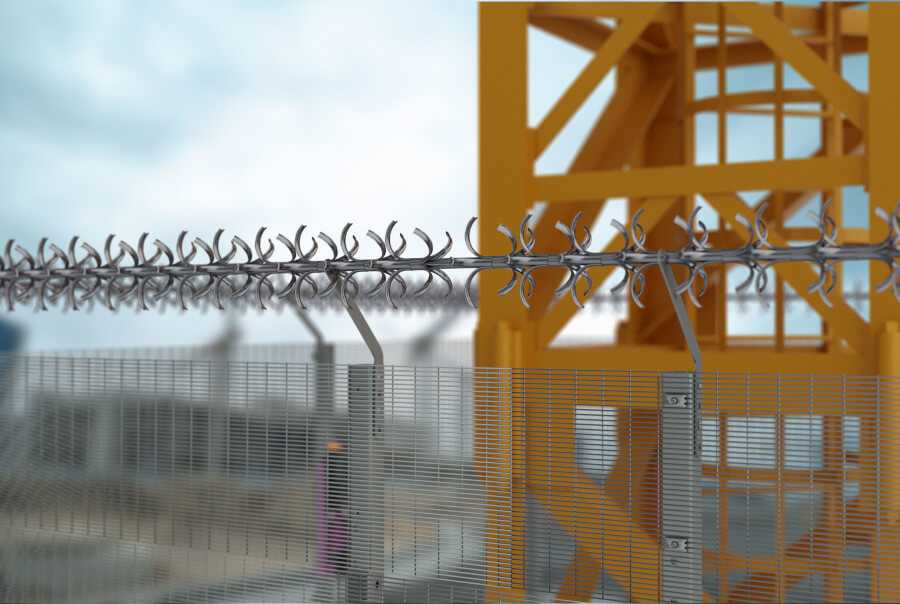
CraneCAM™: real-time monitoring for complete peace of mind
Complementing the physical security of CraneSAFE™, CraneCAM™ provides 24/7 surveillance specifically designed for crane protection. This wireless CCTV system offers security with user-friendly operation.
Advanced features include:
- HD visuals for clear monitoring of crane and surrounding areas
- Integrated AI technology minimising false alarms
- Approximate 1-year battery life reducing maintenance requirements
- Mobile phone alerts for immediate security breach notification
- NSI Gold monitoring station providing professional oversight
- Cloud-based app for remote access and control
CraneCAM™ can link multiple cranes across your site, providing visibility of all lifting operations. The system enhances span monitoring and ensures optimal visibility during critical material handling tasks.
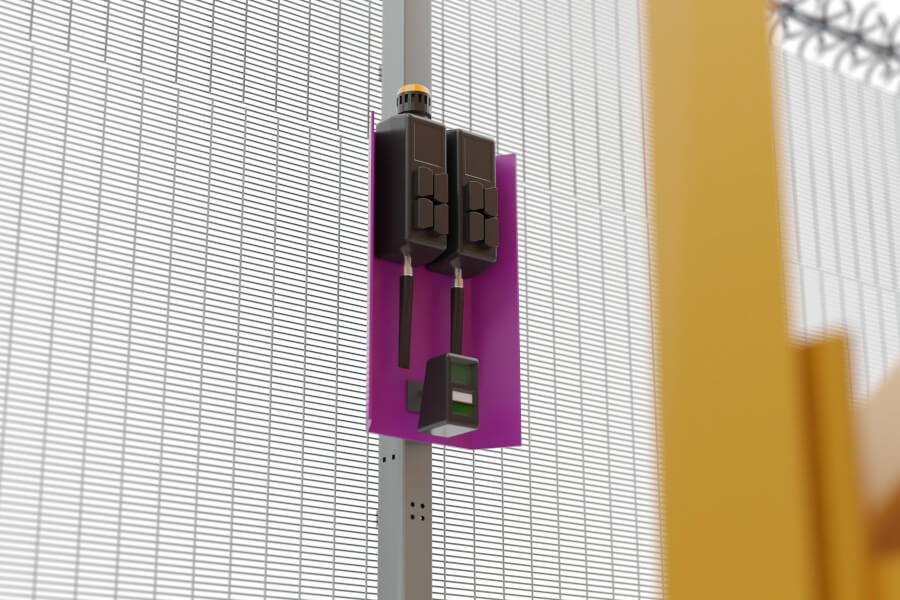
What best practices should be followed for ensuring safe crane operation?
Mobile crane safety requires ground preparation, proper certification of operators, and clear communication protocols. Establish exclusion zones around lifting operations, conduct daily equipment inspections, and ensure adequate visibility for all personnel. Regular maintenance of crane safety equipment, sensors and control systems is crucial for reliable operation.
What are the key safety components found in cranes, and why are they important?
Reliable overhead cranes feature multiple safety components including load limiters, emergency brakes, and position indicators. These components work together to prevent accidents during material handling operations. Proper runway maintenance, regular certification, and adherence to OSHA guidelines ensure consistent safety performance across all lifting activities.
What regular inspections or maintenance procedures are necessary to keep crane safety systems effective?
Crane safety systems require daily visual inspections, weekly operational tests, and monthly examinations. Critical components like wire rope, sensors, and control systems need regular certification by qualified professionals. Maintenance schedules should align with OSHA requirements and manufacturer specifications to ensure continued effectiveness.
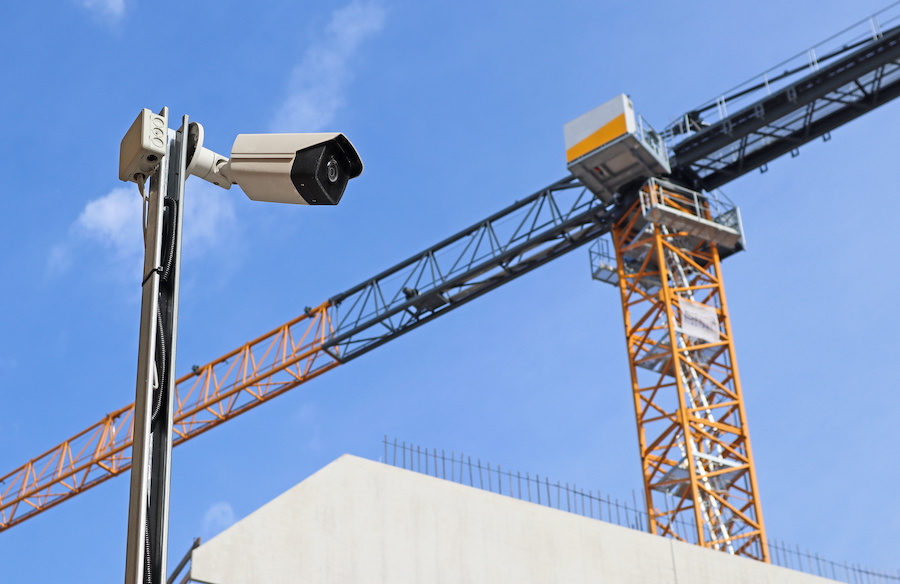
Secure your construction site today with Panthera Group
Don’t leave your crane safety and site security to chance. Panthera Group’s construction site setup services ensure your project starts safely and efficiently from day one.
Ready to discuss your construction site setup requirements? Contact our team today for a free, no-obligation quote. We’ll assess your needs and recommend the most effective safety and security solutions for your project.
Get in touch with Panthera Group for improved safety in your construction project. Complete our online contact form or call us on 0345 165 1234 .
Build smarter from the start – choose Panthera for construction site setup services that prioritise safety, security, and efficiency while reducing potential hazards.
